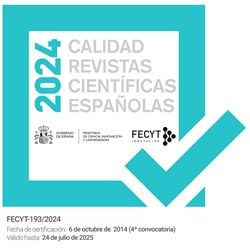Journal Information
Statistics
Follow this link to access the full text of the article
Original
Physiotherapy education: Simulation-based learning on biopsychosocial training in chronic pain – A mixed-methods study
Educación en Fisioterapia: aprendizaje basado en simulación sobre el abordaje de los aspectos biopsicosociales en dolor crónico. Estudio de método mixto
a Department of Nursing and Physiotherapy, University of Lleida, Lleida, Spain
b Grup d’Estudis Societat, Salut, Educació i Cultura, GESEC, Department of Nursing and Physiotherapy, University of Lleida, Lleida, Spain
c Health Care Research Group (GRECS), Lleida Institute for Biomedical Research Dr. Pifarré Foundation, IRBLleida, Lleida 25198, Spain







